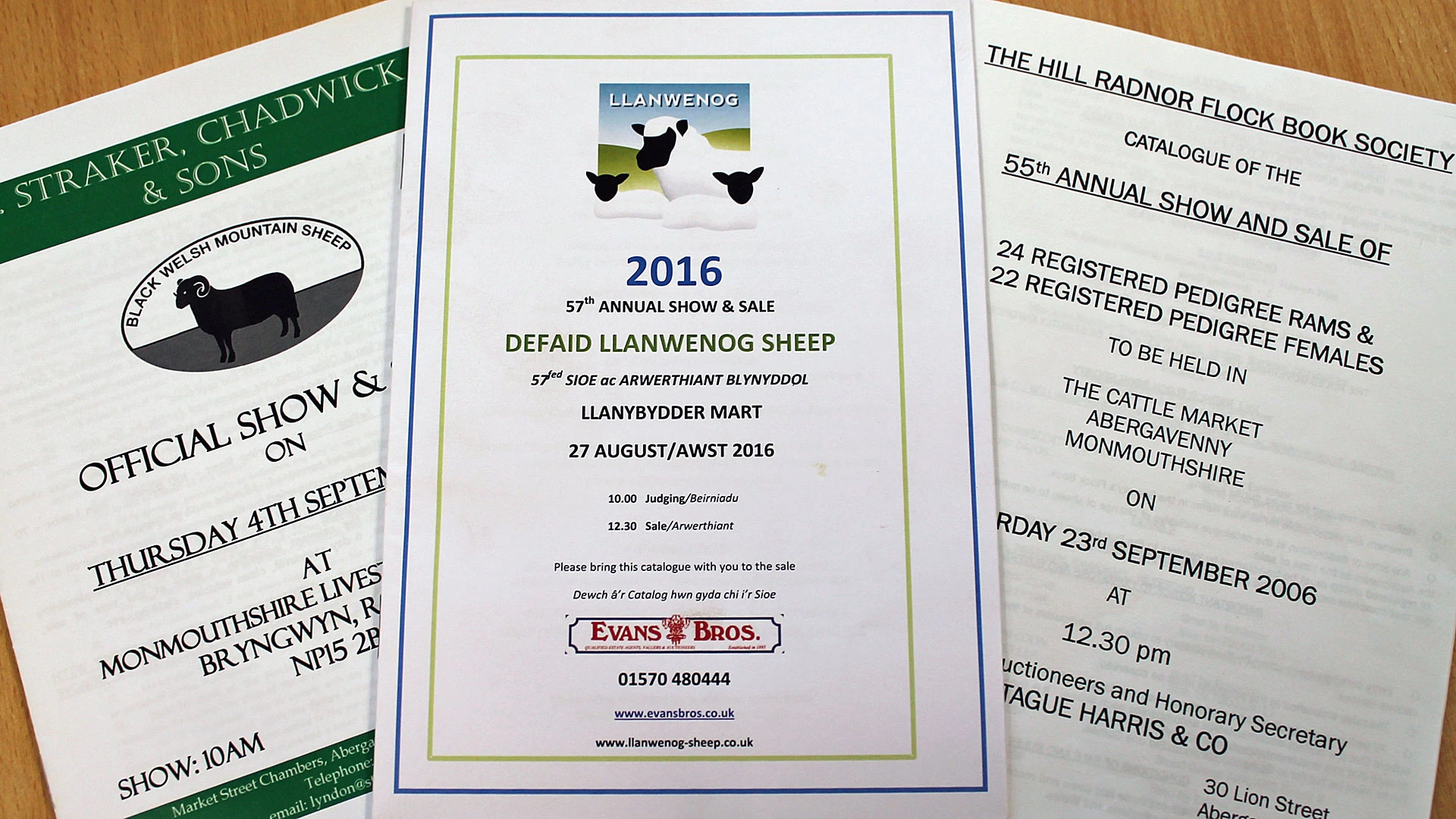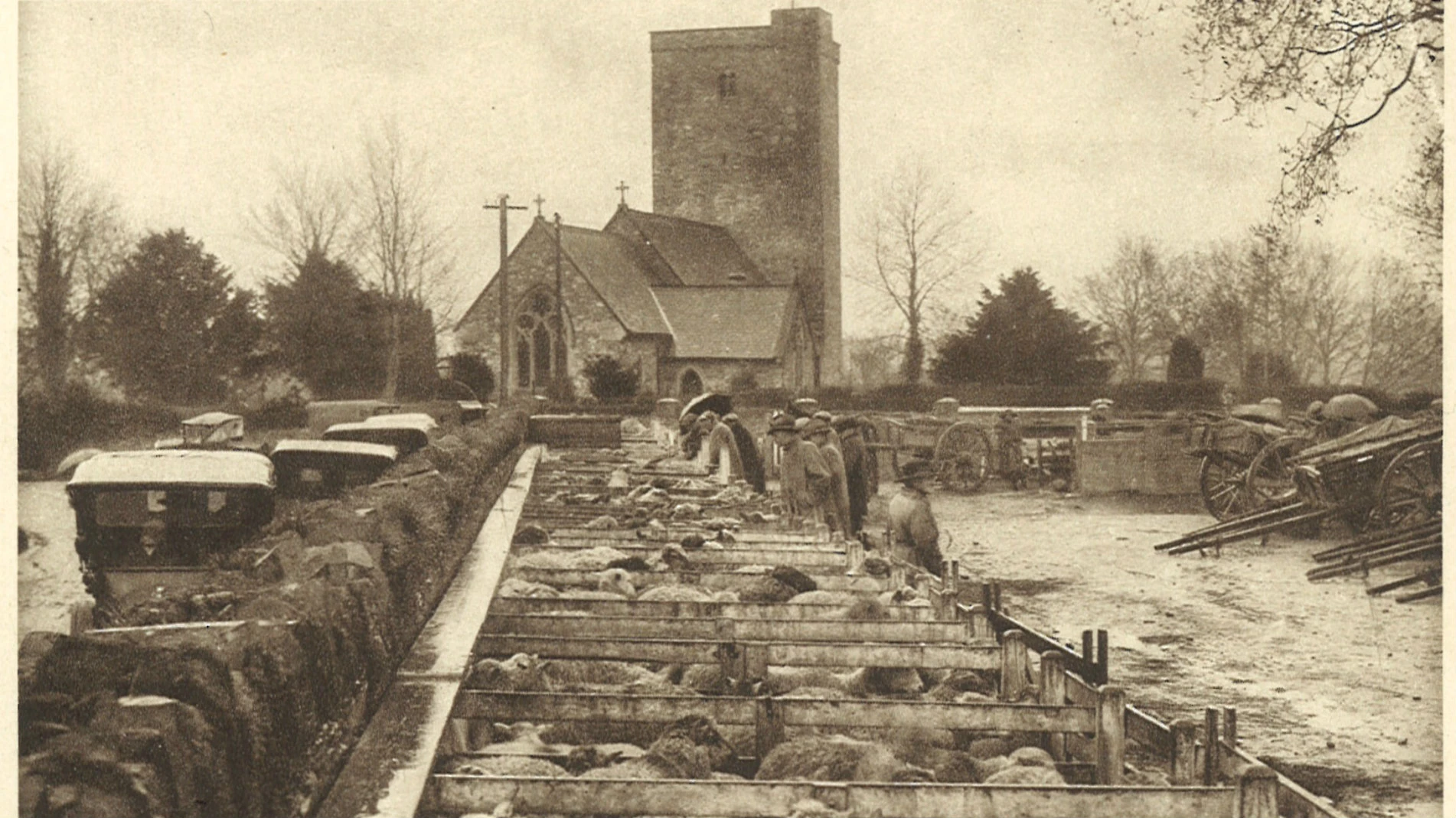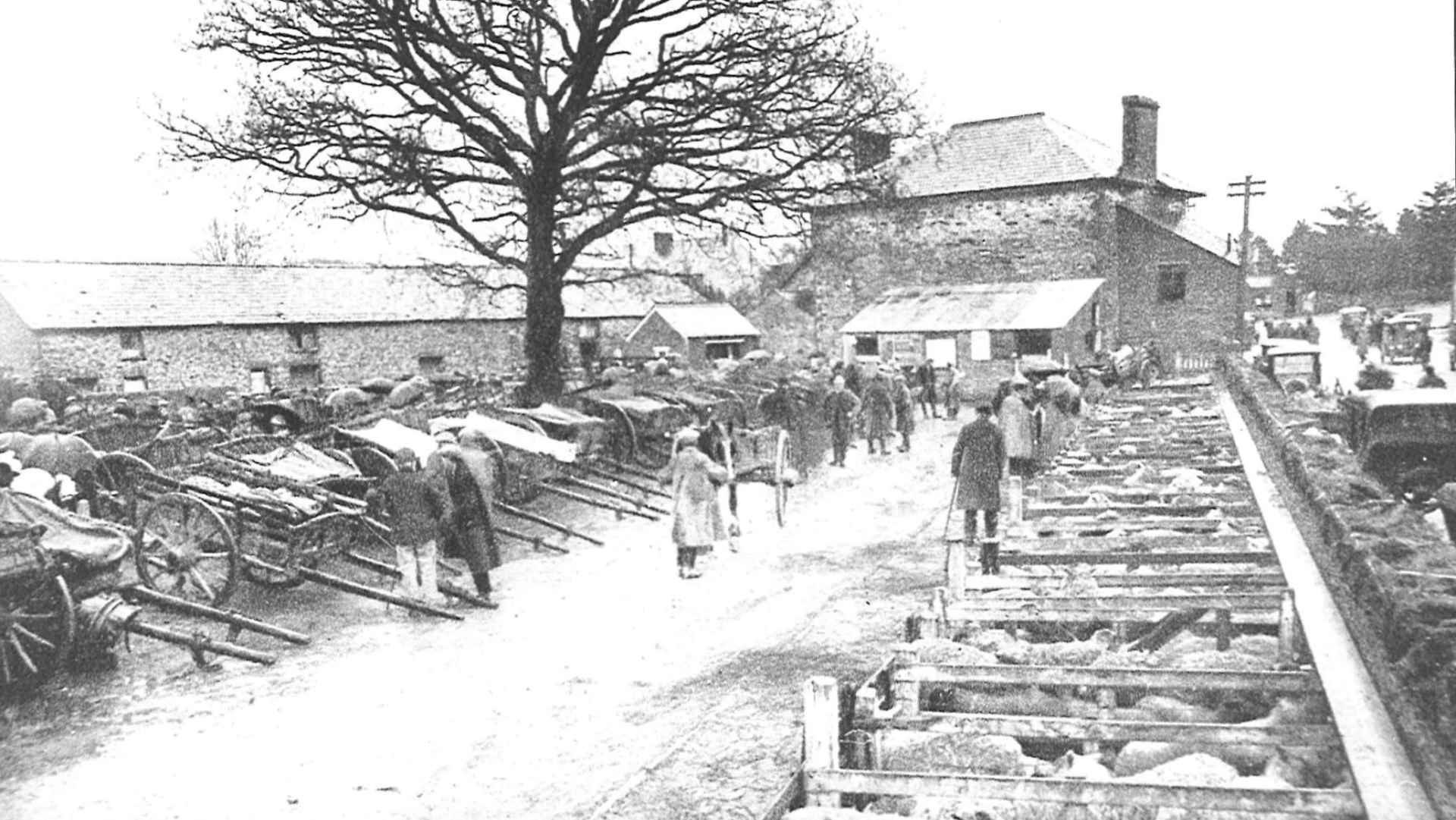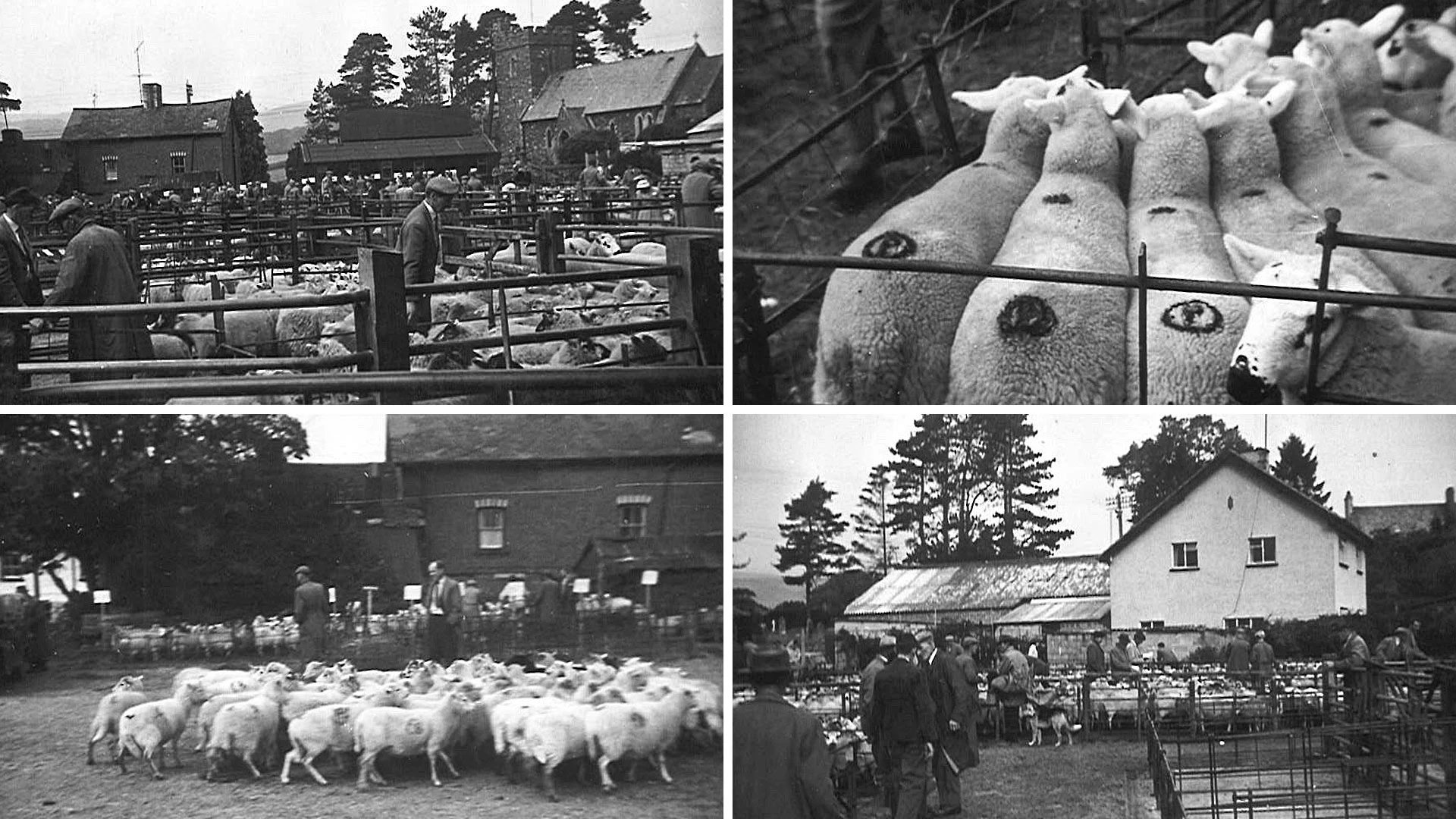What happens to the St Fagans lambs?
, 14 March 2018
We often get asked what happens to the lambs from Llwyn-Yr-Eos farm once the lambing season is over.
The lambs are put out to graze in the fields in and around the museum and are regularly on to fresh grass.
We will pick out the best lambs and keep them for breeding at the farm. This year we are looking to keep around 50 of the lambs born here at Llwyn-Yr-Eos farm.
Most of the female lambs go on for breeding stock, and there’s the select few rams that we sell at the pedigree sales as breeding rams.
The other lambs get sold for meat.
Where are the lambs sold?
We tend to support the pedigree society sales at Raglan, Llanybydder and Talybont on Usk.
There are also Hill Radnor, Llanwennog and Black Welsh Mountain rare breed sales at Raglan market.
We do sell direct to some butchers and are hoping to tie in with the Museum restaurant at St Fagans so that in the future they will be using the lamb reared here at Llwyn-Yr Eos farm.
The lamb on your plate is anything from 4-12 months old.
Voices from the archive - Lambing in Radnorshire
In the early 1970s Museum staff set out to record older and retired farmers describing farming in Wales in the first half of the twentieth century, before the large-scale mechanisation and expansion from the 1950s onwards.
In 1977 James Albert Price was interviewed by John Williams Davies about the lambing process at Tipton farm, Willey, Radnorshire.
The lambs were reared on the farm would be kept for 12 months and sold as yearlings the following March. The best lambs would be picked for breeding and the others sold.
James Albert Price, Tipton farm, 1977
James Price mentions the ewe auctions in Knighton each September selling 10 – 12,000 ewes a day.
The ram lambs would be sold as yearlings in auction at Craven Arms, Leominster and Hereford with three or four ram sales at Craven Arms.



